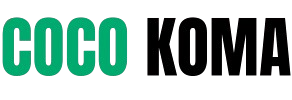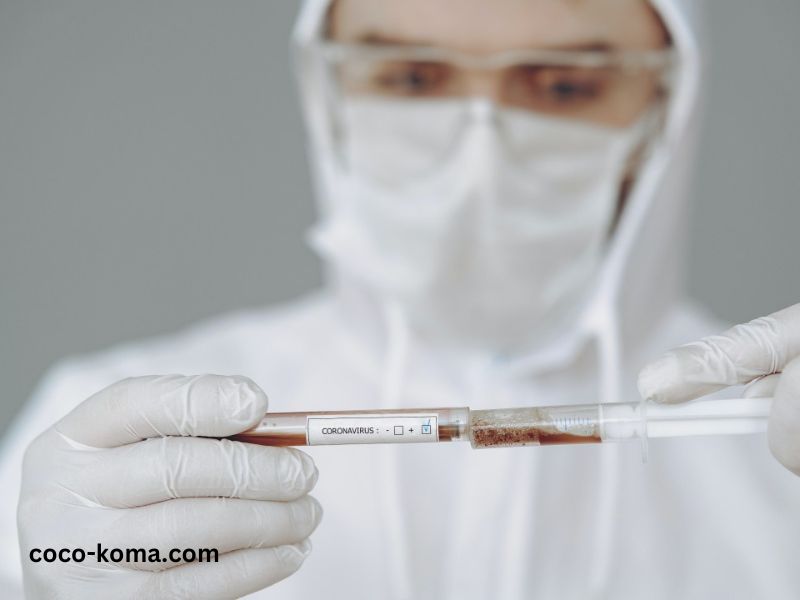Healthcare workers are at the forefront of patient care, often dealing with a variety of procedures and tasks that involve exposure to blood and other potentially infectious materials. This exposure poses significant risks, especially concerning bloodborne pathogens (BBPs) such as HIV, hepatitis B virus (HBV), and hepatitis C virus (HCV). The most common risk of exposure to these pathogens for healthcare workers often arises from specific activities and scenarios inherent to their profession. This article delves into these risks, examining the nature of exposure, the impact on healthcare workers, and strategies for mitigation.
Bloodborne Pathogens in Healthcare Settings
Bloodborne pathogens are microorganisms in human blood that can cause disease in humans. The three most notable pathogens are:
- HIV (Human Immunodeficiency Virus): This virus attacks the immune system, leading to AIDS (Acquired Immunodeficiency Syndrome) if untreated.
- HBV (Hepatitis B Virus): HBV causes inflammation of the liver and can lead to chronic liver disease or liver cancer.
- HCV (Hepatitis C Virus): HCV also affects the liver and can result in chronic hepatitis and severe liver damage.
These pathogens are transmitted primarily through direct contact with infected blood or other body fluids, but also via needlesticks, cuts, or other injuries where blood is involved. Healthcare workers are particularly vulnerable due to the nature of their job, which frequently involves contact with patients’ blood and bodily fluids.
The Most Common Risk: Needlestick Injuries
Needlestick injuries are the most common risk of exposure to bloodborne pathogens for healthcare workers. These injuries occur when a needle or other sharp object used in medical procedures accidentally punctures the skin. This can lead to the direct introduction of infectious blood into the worker’s bloodstream, presenting a substantial risk for transmitting BBPs.
Types of Needlestick Injuries
- Syringes: Needlesticks often happen when syringes are being used for injections or drawing blood. If a syringe is not handled properly or if safety protocols are not followed, accidental sticks can occur.
- Needles from IV Lines: Inserting or removing intravenous (IV) lines can result in needlestick injuries if proper precautions are not taken.
- Needles in Disposal: Disposing of used needles in a sharps container can lead to injuries if the container is overfilled or not handled correctly.
- Surgical Instruments: Needles used in surgical procedures, such as suturing, can also pose risks if they are not handled or disposed of properly.
Factors Contributing to Needlestick Injuries
Several factors contribute to the prevalence of needlestick injuries in healthcare settings:
- High-Risk Procedures: Activities like blood draws, IV insertion, and suturing have higher risks of needlestick injuries.
- Inadequate Safety Devices: The use of outdated or poorly designed needles and syringes increases the risk of accidental injury.
- Improper Disposal: Incorrect disposal of needles and other sharps can lead to injuries. Overfilled or improperly closed sharps containers are particularly hazardous.
- Inadequate Training: Healthcare workers who are not adequately trained in the safe handling and disposal of needles and sharps are at greater risk.
- Workload and Fatigue: High workloads and fatigue can lead to lapses in concentration and improper handling of sharps, increasing the likelihood of injuries.
Consequences of Needlestick Injuries
Needlestick injuries can have serious consequences for healthcare workers:
- Health Risks: Exposure to BBPs through needlestick injuries can lead to infections such as HIV, HBV, or HCV. Although the risk of transmission for these pathogens varies, all are potentially serious and can have long-term health implications.
- Psychological Impact: The anxiety and stress of potential infection can cause significant psychological distress. The fear of contracting a disease and the uncertainty of test results can impact mental well-being.
- Financial Implications: Treatment and follow-up for potential infections can be costly. In addition to medical expenses, there may be lost wages due to time off work.
- Professional Impact: Healthcare workers may experience career disruptions or changes in job roles as a result of their exposure or ongoing health issues.
Preventing Needlestick Injuries
Effective prevention strategies are crucial in minimizing the risk of needlestick injuries. Key measures include:
- Use of Safety-Engineered Devices: Employing needles and syringes equipped with safety features, such as retractable needles or safety shields, can significantly reduce the risk of injury.
- Proper Training: Comprehensive training for healthcare workers on the safe handling, use, and disposal of needles and other sharps is essential. Regular refresher courses and simulations can enhance skills and awareness.
- Adherence to Protocols: Strict adherence to established protocols for the use and disposal of sharps can help prevent injuries. This includes following procedures for recapping needles and safely disposing of used items.
- Workplace Safety Culture: Promoting a culture of safety in the workplace, including encouraging reporting and addressing near-misses, can help identify and mitigate risks.
- Engineering Controls: Implementing engineering controls such as needleless systems and safer needle devices can reduce the likelihood of exposure.
- Personal Protective Equipment (PPE): Using appropriate PPE, including gloves, gowns, and face shields, can provide additional protection during procedures that involve blood or bodily fluids.
- Sharps Disposal: Ensuring that sharps containers are readily available, properly maintained, and appropriately disposed of is critical in preventing needlestick injuries.
Post-Exposure Actions
In the event of a needlestick injury, immediate actions are essential to reduce the risk of BBP transmission:
- Wash the Wound: Immediately wash the affected area with soap and water to reduce the risk of infection.
- Report the Incident: Notify the appropriate personnel, such as a supervisor or infection control officer, to document the exposure and initiate follow-up procedures.
- Seek Medical Evaluation: Obtain a medical evaluation to assess the risk of BBP transmission and determine the need for post-exposure prophylaxis (PEP).
- Follow-Up Testing: Regular follow-up testing for BBPs is necessary to monitor for any potential infections and manage health concerns.
Conclusion
Needlestick injuries represent the most common risk of exposure to bloodborne pathogens for healthcare workers. Addressing this risk requires a multifaceted approach, including the use of safety-engineered devices, proper training, adherence to protocols, and promoting a culture of safety. By implementing these measures, healthcare facilities can significantly reduce the risk of needlestick injuries and protect the health and well-being of their workers. Through continued vigilance and proactive strategies, the healthcare industry can work towards minimizing the risks associated with bloodborne pathogen exposure and ensuring a safer working environment for all.


